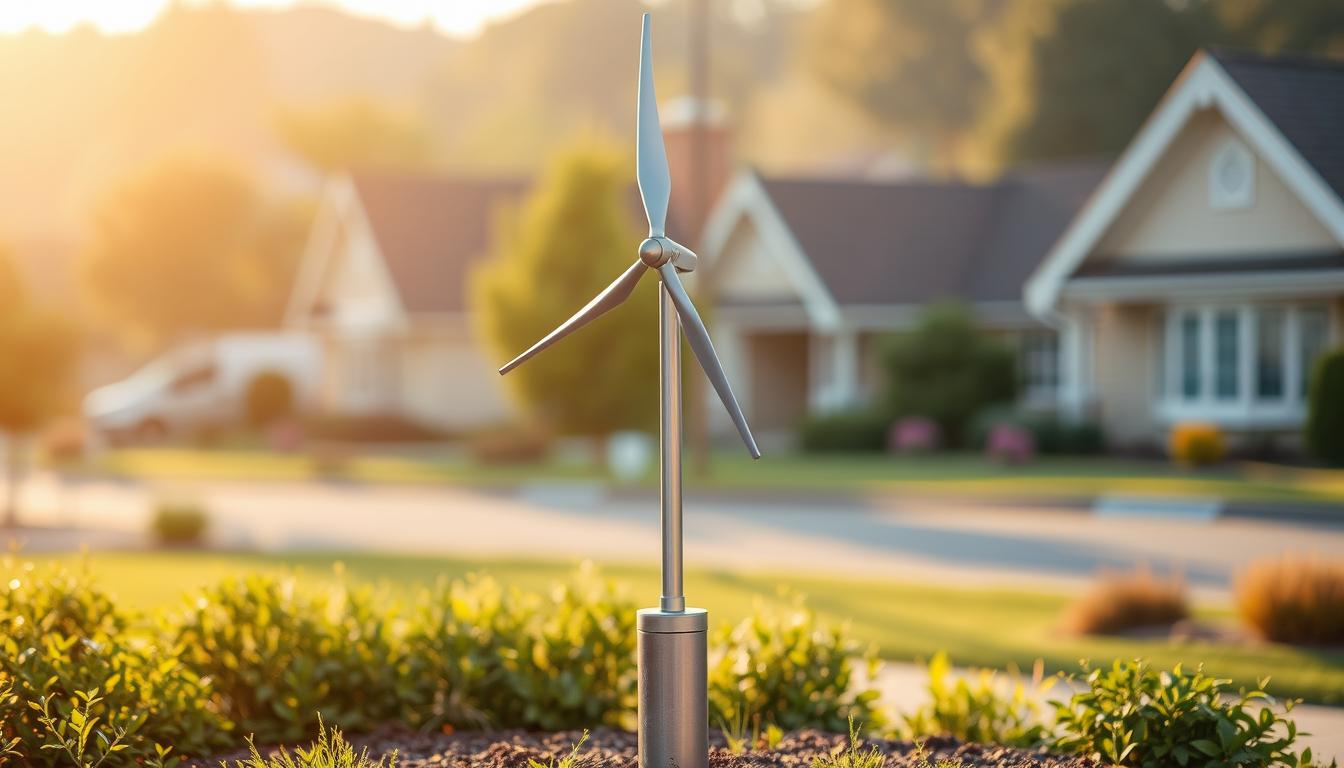If you’ve been involved in the world of 3D printing for a while, you’ve likely heard the term “dual extruder 3D printer.” It sounds advanced, and it is. But what does it actually mean, and is it the right upgrade for you?
Whether you’re a hobbyist looking to push your creative boundaries or a professional needing more versatile production, a dual extrusion system can be a game-changer. This guide will break down everything you need to know—from the basic technology to the practical benefits and key purchasing considerations.
What is a Dual Extruder 3D Printer?
A standard 3D printer has one extruder—the “print head” that melts and deposits the filament. A dual extruder 3D printer, as the name suggests, has two. This simple addition opens up a world of possibilities because it allows the printer to use two different filaments within a single print job.
These two filaments can be different colors or, more importantly, different materials.
The Core Advantage: Why Two Extruders Are Better Than One
Why go through the complexity of adding a second extruder? The benefits are significant and solve some of the biggest challenges in single-extrusion printing.
1. Printing with Soluble Supports
This is the killer feature. Complex models with large overhangs or intricate internal geometries require support structures. With a single extruder, you have to print these supports in the same material as the model, which then have to be manually and carefully broken off, often leaving marks or blemishes. With a dual extruder, you can print the model in your primary material (like PLA or PETG) and the supports in a water-soluble material (like PVA or BVOH). When the print is done, you simply submerge it in water, and the supports dissolve completely, leaving a perfect, clean surface.
2. Multi-Color and Multi-Material Printing
The most obvious benefit is the ability to print in two colors without stopping and manually swapping filament. But it goes beyond aesthetics. You can combine materials with different properties:
- Print a rigid frame with a flexible, rubber-like grip.
- Create a tool with a tough body and a conductive trace.
- Combine different visual finishes, like matte and silk PLA.
3. Increased Efficiency with Duplication and Mirror Modes (IDEX Only)
Certain types of dual extruder printers (which we’ll cover next) can use both print heads simultaneously to print two copies of the same object at once, effectively doubling your production speed.
The Two Main Types of Dual Extrusion Systems
Not all dual extruder printers are built the same. They primarily fall into two categories.
1. Dependent Extruders (Single Print Head)
This is the older and more common design. Both nozzles are part of a single print head assembly that moves together.
- How it works: Only one nozzle is active at a time. When the printer needs to switch filaments, the inactive nozzle is parked slightly higher or uses a “prime tower” or “ooze shield” to prevent the unused, hot filament from dripping onto the model.
- Pros: Simpler mechanical design, often less expensive.
- Cons: Prone to oozing and cross-contamination of colors. The inactive nozzle can sometimes collide with the printed model. Slower due to the need to prime/wipe between filament changes.
2. Independent Dual Extrusion (IDEX)
This is the more advanced and versatile system. The two extruders are completely independent, moving on their own separate carriages along the X-axis.
- How it works: When one extruder is printing, the other can be “parked” completely off to the side, away from the model. This virtually eliminates any risk of oozing or collision.
- Pros:
- Cleaner Prints: No cross-contamination.
- Special Print Modes:
- Duplication Mode: Both heads print an identical object simultaneously.
- Mirror Mode: Both heads print mirrored versions of an object at the same time (perfect for printing left/right pairs).
- Cons: More mechanically complex and generally more expensive.
Is a Dual Extruder 3D Printer Right for You?
You should seriously consider a dual extruder printer if:
- You frequently print complex models that require intricate supports.
- You are a professional or small business needing clean, client-ready parts without manual post-processing.
- You want to experiment with multi-material prints combining rigid and flexible properties.
- You need to produce small batches of identical parts and could benefit from an IDEX system’s duplication mode.
You might want to stick with a single extruder if:
- You are a beginner just learning the basics of 3D printing.
- You primarily print simple models and functional parts that don’t need supports.
- Your budget is a primary concern (single extruder printers offer better value at the entry-level).
Conclusion: A Powerful Tool for Advanced Creators
A dual extruder 3D printer is more than just a novelty for printing colorful trinkets. It’s a powerful upgrade that solves one of the most significant limitations of FDM printing: support removal. The ability to print with soluble supports alone is often worth the investment for serious users.
When choosing, an IDEX (Independent Dual Extrusion) system offers the most flexibility and the cleanest results, along with powerful duplication and mirror modes. While more expensive, an IDEX printer is often the superior long-term investment for anyone serious about leveraging the full potential of multi-material 3D printing.

Leave a Reply